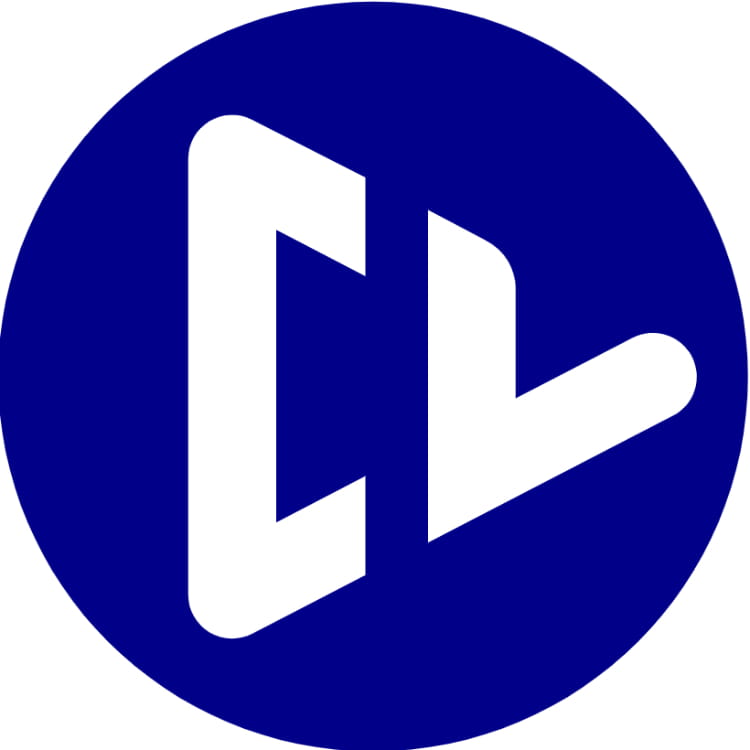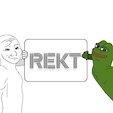
Coin bezogen
Preis-Rechner
Preisverlauf
Preisprognose
Technische Analyse
Leitfaden zum Kauf von Coins
Kategorie Krypto
Gewinn-Rechner

Open Custody Protocol Kurs OPEN
Wie denken Sie heute über Open Custody Protocol?
Preis von Open Custody Protocol heute
Was ist der höchste Preis von OPEN?
Was ist der niedrigste Preis von OPEN?
Open Custody Protocol Preisprognose
Wann ist ein guter Zeitpunkt, um OPEN zu kaufen? Sollte ich OPEN jetzt kaufen oder verkaufen?
Wie hoch wird der Preis von OPEN in 2026 sein?
Wie hoch wird der Preis von OPEN in 2031 sein?
Open Custody Protocol Preisverlauf (USD)
 Niedrigster Preis
Niedrigster Preis Höchster Preis
Höchster Preis 
Open Custody Protocol Markt-Informationen
Open Custody Protocol Verlauf der Marktkapitalisierung
Open Custody Protocol Bestände
Open Custody Protocol Bestandsverteilungsmatrix
Open Custody Protocol Bestände nach Konzentration
Open Custody Protocol Adressen nach Haltezeit

Open Custody Protocol Bewertungen
Über Open Custody Protocol (OPEN)
Sure, here's a concise and informative content about the cryptocurrency Qredo in German: Qredo ist eine bahnbrechende Kryptowährung, die auf der Blockchain-Technologie basiert. Sie wurde entwickelt, um ein schnelles, sicheres und dezentralisiertes Netzwerk für Vermögenswerte zu schaffen. Die Hauptfunktion von Qredo ist es, die Übertragung von Vermögenswerten über verschiedene Blockchains hinweg zu ermöglichen. Dadurch können Benutzer nahtlos und sicher Vermögenswerte zwischen verschiedenen Kryptowährungen und Plattformen verschieben. Im Gegensatz zu herkömmlichen anspruchsvollen und langsamen Cross-Chain-Lösungen nutzt Qredo eine innovative Lösung namens Trustless Atomic Swaps. Diese Lösung ermöglicht den direkten Austausch von Kryptowährungen zwischen verschiedenen Blockchains, ohne dass ein Vermittler erforderlich ist. Dadurch werden Geschwindigkeit und Sicherheit verbessert. Ein weiteres herausragendes Merkmal von Qredo ist die Sicherheit. Durch die Nutzung der Blockchain-Technologie und kryptografischer Algorithmen ermöglicht Qredo eine sichere und transparente Übertragung von Vermögenswerten. Alle Transaktionen werden auf der Blockchain verzeichnet und sind somit nachvollziehbar. Darüber hinaus bietet Qredo ein hoch skalierbares Netzwerk, das in der Lage ist, Tausende von Transaktionen pro Sekunde zu verarbeiten. Dies ist entscheidend, um den Anforderungen einer effizienten und schnellen Kryptowährung gerecht zu werden. Zusammenfassend lässt sich sagen, dass Qredo eine innovative und leistungsfähige Kryptowährung ist, die es Benutzern ermöglicht, Vermögenswerte nahtlos und sicher zwischen verschiedenen Blockchains zu übertragen. Mit Trustless Atomic Swaps, hoher Skalierbarkeit und einer sicheren Infrastruktur bietet Qredo eine Lösung für viele Herausforderungen, denen Kryptowährungen heute gegenüberstehen.
OPEN in lokaler Währung
- 1
- 2
- 3
- 4
- 5
Wie man Open Custody Protocol(OPEN) kauft

Erstellen Sie Ihr kostenloses Bitget-Konto

Verifizieren Sie Ihr Konto

Open Custody Protocol in OPEN konvertieren
OPEN-Perpetual-Futures traden
Nachdem Sie sich erfolgreich bei Bitget angemeldet und USDT oder OPEN Token gekauft haben, können Sie mit dem Trading von Derivaten beginnen, einschließlich OPEN Futures und Margin-Trading, um Ihr Einkommen zu erhöhen.
Der aktuelle Preis von OPEN ist $0.004401, mit einer 24h-Preisänderung von +0.00%. Trader können von Futures profitieren, indem sie entweder Long- oder Short-Positionen eingehen.
Schließen Sie sich OPEN Copy-Trading an, indem Sie Elite-Tradern folgen.
Mehr kaufen
FAQ
Wie hoch ist der aktuelle Preis von Open Custody Protocol?
Wie hoch ist das 24-Stunden-Trading-Volumen von Open Custody Protocol?
Was ist das Allzeithoch von Open Custody Protocol?
Kann ich Open Custody Protocol auf Bitget kaufen?
Kann ich mit Investitionen in Open Custody Protocol ein regelmäßiges Einkommen erzielen?
Wo kann ich Open Custody Protocol mit der niedrigsten Gebühr kaufen?
Videobereich - schnelle Verifizierung, schnelles Trading

Bitget Insights




Verwandte Assets
































.png)

